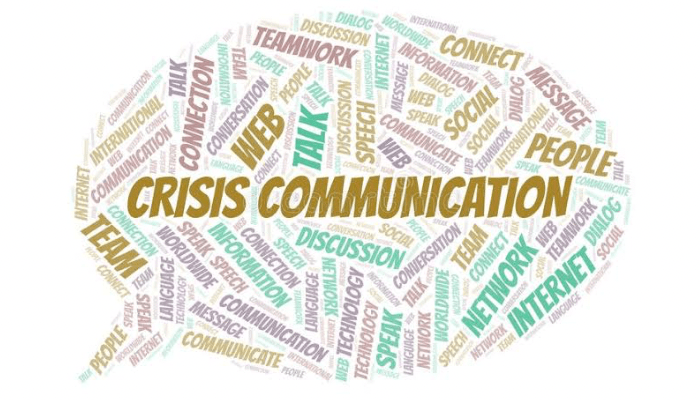Environmental poverty in Nigeria
Environmental poverty, another form of hygiene poverty, usually poses an urban consequence emanating from overpopulation, pollution, and poor sanitation. All these signify a state of highly deteriorated living conditions.
People who live in environmentally degraded areas whose physical conditions suggest extreme ecological fragility characterised by shantytowns and slums are usually regarded as the poorest of the poor in the societies where they dwell. Sadly, most cities in Nigeria are typified by this ugly description, and many individuals owe their daily living to dwelling in these unfit areas.
These areas in which many Nigerians live can be easily identified by their inadequate housing structure, slum-like geography, and lack of infrastructure, transportation problems, low productivity, crimes and the prevalence of juvenile delinquencies.
Usually, these areas are out of the government’s reconstructive radar, and their development rests in the hands of community dwellers that have little or nothing to contribute towards environmental improvement.
The environmentally poor citizens of a nation are usually relegated and neglected, often living in perpetual deprivation and are confined to economically fragile and ecologically deprived areas of the country in which they live.
Read Also: Poverty in Nigeria lingers on the back of FG’s Inefficiency
Lagos State, which is often hailed as the city capital of Nigeria due to its high industrial and commercial capacity, together with a high migration rate, is home to some of the wealthiest individuals in Nigeria and Africa. Many politicians and business moguls habitually own at least a luxury building in the highbrow areas of Lagos. The state is also a choice destination for most foreign tourists and business interests.
Unfortunately, this same Lagos also houses most of the critically poor and economically vulnerable individuals.
Areas such as Ijeh, Amukoko, Makoko, Fola-Agoro, Ikorodu, Ebute-Meta, Ojota, Ajegunle, Orile, Ketu, Okokomaiko, Mushin, Shitta, Isale-Eko and Mile 12 all in Lagos State are home to some of the poorest Nigerians. Some of these places are in the most deplorable condition of existence, and the situation is often worse during the rainy seasons.
It is therefore not a surprise to find out that Lagos is both praised as a Centre of Excellence. At the same time, it is also regarded as an epitome of urban decay.
While it is obvious that unemployment and underemployment are major causes of poverty, an increase in urban population rates beyond the carrying capacity of available resources can equally be linked to environmental poverty and the creation of slums and shantytowns.
These environmentally degraded areas where extremely marginalised and deprived individuals whose normal human functioning and daily existence are highly limited live are usually characterised by high crime rates, poor town planning landscape, poorly managed roads, sewage and drainage systems, erosion, flooding and ocean surges during heavy rainfall, increased urban poverty, consistent outbreak of diseases and epidemics and environmental pollution of various types and degrees.
Other characteristics include unsightly cityscape, high rate of building collapse, traffic congestion, land disputes and juvenile delinquencies.
Undoubtedly, if the relevant authorities do not tackle these challenges, urban development will remain a mirage.
This unhealthy gap between the urban rich and their poor unequals will continue to generate social and economic tension between the two groups. The mega-rich individuals are already creating a “new Lagos” with the slightest probability of any slum-like encroachment. This new Lagos area is located further away from the popular Ikoyi-Victoria Island axis, and billions of naira have been dedicated towards massive ocean sand-filling to create this new haven.
The Nigerian government can weigh into this situation of hygiene poverty by making policy directed commitments towards rooting out extreme poverty in the country. This, they can do by improving the economic and social welfare of the vulnerable in the society by opening up the economy towards the creation of more jobs that will absorb the vast labour surplus in the country.
By making the economic environment conducive to business, foreign private investors’ new capital will freely flow in through foreign direct and portfolio investments. Furthermore, with improved fiscal responsibility and efficient use of capital, investments in relevant sectors will increase, and the government will earn more revenue to further the cause of the economic and social welfare of the country.
Social welfare programmes should also be prioritised as an ancillary plan to fiscal intervention through increased spending and job creation. Occasional conditional cash hand-outs, feeding schemes, housing and business subsidy plans, community-related reforms such as the land tenure programmes and rural loaning schemes should be effectively carried out to complement other policy-based efforts of the government.
Civic re-orientation is also needed to boost the community and social etiquette of the poor and depraved individuals. With this, it will become easy to pursue urban redevelopment schemes that will allow relevant government agencies and town planners to reorganise these slums and shantytowns and convert them to befitting living areas that dignify the cause of human existence.
Join BusinessDay whatsapp Channel, to stay up to date
Open In Whatsapp





